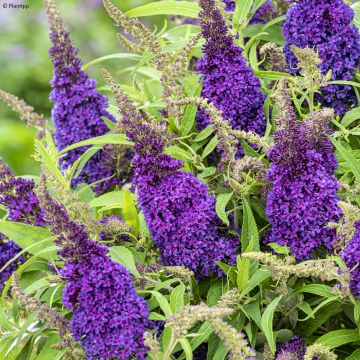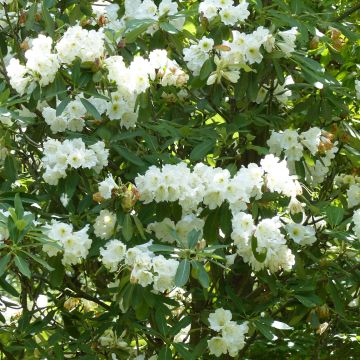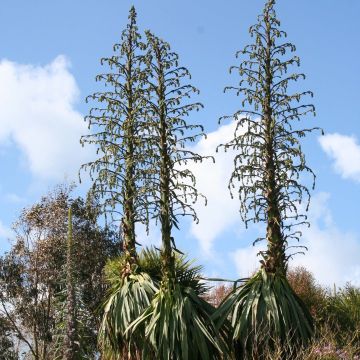

Styrax shiraiana
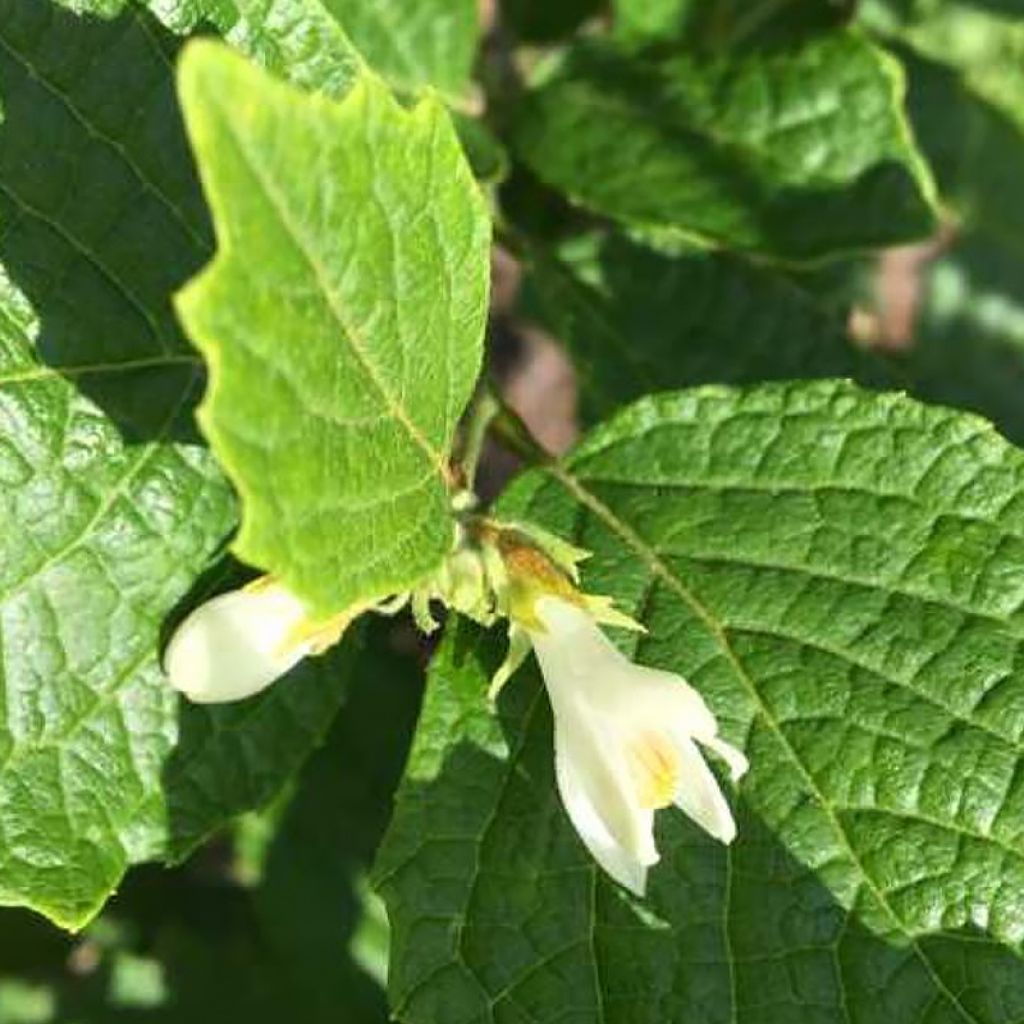

Styrax shiraiana
Styrax shiraiana
Styrax shiraiana
Japanese Snowbell
Special offer!
Receive a €20 voucher for any order over €90 (excluding delivery costs, credit notes, and plastic-free options)!
1- Add your favorite plants to your cart.
2- Once you have reached €90, confirm your order (you can even choose the delivery date!).
3- As soon as your order is shipped, you will receive an email containing your voucher code, valid for 3 months (90 days).
Your voucher is unique and can only be used once, for any order with a minimum value of €20, excluding delivery costs.
Can be combined with other current offers, non-divisible and non-refundable.
Why not try an alternative variety in stock?
View all →This plant carries a 24 months recovery warranty
More information
We guarantee the quality of our plants for a full growing cycle, and will replace at our expense any plant that fails to recover under normal climatic and planting conditions.
Would this plant suit my garden?
Set up your Plantfit profile →
Description
Styrax shiraiana, introduced to the USA in 1915 and imported to England 30 years later, still struggles to find its way into European botanical gardens, and even more so into the hands of rare plant enthusiasts. Endemic to Japan, this tall deciduous shrub or small tree with purple-brown bark is entirely covered in star-shaped hairs, it bears broad dentate leaves reminiscent of witch hazel and offers beautiful white flowering in May. To give it the best chance, provide it with moist but well-drained soil, preferably with an acidic tendency. To fully enjoy its presence, give it a prime spot in the garden.
Styrax shiraiana belongs to the Styracaceae, a botanical family that includes several trees and bushes with aromatic resin, most of which are native to Asia. It is a large ornamental bush that thrives in partial shade and prefers a fresh, humus-rich, non-chalky soil, and can be found at altitude on the Japanese island of Honshu.
With rather slow growth, this styrax has an elegant habit. At maturity, it will reach an average height of 5.50m (18ft) with a width of 3m, depending on the growing conditions. Its bark is grey-brown to purple-brown in colour, and is covered in numerous star-shaped hairs, just like the entire plant. The deciduous foliage falls in autumn and reappears in spring. It consists of entire leaves, arranged alternately, measuring 5 to 9 cm (2 to 4in) in length, with a triangular shape and widened tips, as well as small teeth. Their colour is a medium green, turning yellow in autumn. Flowering occurs in May. It takes the form of clusters or racemes that appear at the terminal ends of the branches. Each raceme measures 3 to 6 cm (1 to 2in) in length and contains 8 to 10 pendulous white flowers. The funnel-shaped corolla is formed by 5 petals. After pollination by insects, the flowers give way to ovoid fruits, 1 to 2 cm (1in) long, ripening in November. Each fruit contains only one seed. The hardiness of this Styrax is yet to be determined, but based on its origins it should withstand temperatures below -12°C (10.4°F).
To acclimate this Styrax give it a few hours of sunlight, but avoid the hottest hours of the day. It thrives in humus-rich, acidic, fresh, and light soils, a type that hydrangeas love. Plant it in isolation, near a pathway or not far from the house, to fully enjoy its rare charm. It can be paired with shrubs with dark or, conversely, golden foliage, such as the superb ones from the Physocarpus family (All Black, Dart's Gold). Japanese garden enthusiasts might like to combine it with its cousin, Styrax japonica, and Japanese maples.
Report an error about the product description
Styrax shiraiana in pictures


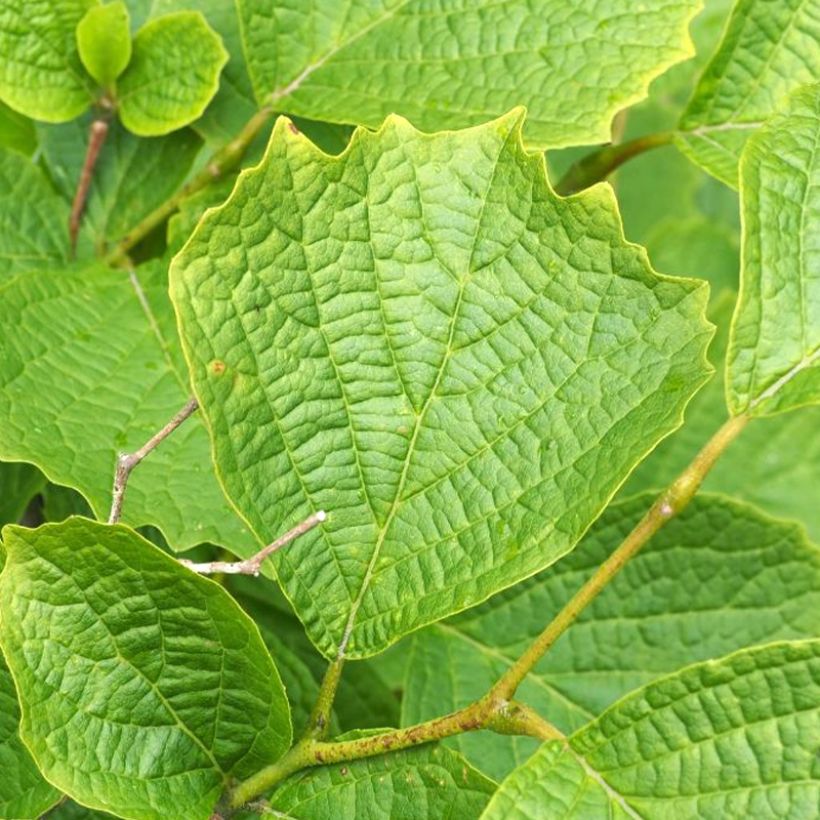

Plant habit
Flowering
Foliage
Botanical data
Styrax
shiraiana
Styracaceae
Japanese Snowbell
Southeast Asia
Other Styrax
View all →Planting and care
Plant Styrax shiraiana in spring or autumn, in partial shade or in partial sun, avoiding the hottest exposures. It likes acidic, humus-rich, moist, and light soils, like hydrangeas, Pieris, and camellias. Choose a sheltered location away from the wind. Based on its origins its hardiness should exceed -12°C (10.4°F) but it remains to be tested.
Planting period
Intended location
Care
This item has not been reviewed yet - be the first to leave a review about it.
Similar products
Haven't found what you were looking for?
Hardiness is the lowest winter temperature a plant can endure without suffering serious damage or even dying. However, hardiness is affected by location (a sheltered area, such as a patio), protection (winter cover) and soil type (hardiness is improved by well-drained soil).

Photo Sharing Terms & Conditions
In order to encourage gardeners to interact and share their experiences, Promesse de fleurs offers various media enabling content to be uploaded onto its Site - in particular via the ‘Photo sharing’ module.
The User agrees to refrain from:
- Posting any content that is illegal, prejudicial, insulting, racist, inciteful to hatred, revisionist, contrary to public decency, that infringes on privacy or on the privacy rights of third parties, in particular the publicity rights of persons and goods, intellectual property rights, or the right to privacy.
- Submitting content on behalf of a third party;
- Impersonate the identity of a third party and/or publish any personal information about a third party;
In general, the User undertakes to refrain from any unethical behaviour.
All Content (in particular text, comments, files, images, photos, videos, creative works, etc.), which may be subject to property or intellectual property rights, image or other private rights, shall remain the property of the User, subject to the limited rights granted by the terms of the licence granted by Promesse de fleurs as stated below. Users are at liberty to publish or not to publish such Content on the Site, notably via the ‘Photo Sharing’ facility, and accept that this Content shall be made public and freely accessible, notably on the Internet.
Users further acknowledge, undertake to have ,and guarantee that they hold all necessary rights and permissions to publish such material on the Site, in particular with regard to the legislation in force pertaining to any privacy, property, intellectual property, image, or contractual rights, or rights of any other nature. By publishing such Content on the Site, Users acknowledge accepting full liability as publishers of the Content within the meaning of the law, and grant Promesse de fleurs, free of charge, an inclusive, worldwide licence for the said Content for the entire duration of its publication, including all reproduction, representation, up/downloading, displaying, performing, transmission, and storage rights.
Users also grant permission for their name to be linked to the Content and accept that this link may not always be made available.
By engaging in posting material, Users consent to their Content becoming automatically accessible on the Internet, in particular on other sites and/or blogs and/or web pages of the Promesse de fleurs site, including in particular social pages and the Promesse de fleurs catalogue.
Users may secure the removal of entrusted content free of charge by issuing a simple request via our contact form.
The flowering period indicated on our website applies to countries and regions located in USDA zone 8 (France, the United Kingdom, Ireland, the Netherlands, etc.)
It will vary according to where you live:
- In zones 9 to 10 (Italy, Spain, Greece, etc.), flowering will occur about 2 to 4 weeks earlier.
- In zones 6 to 7 (Germany, Poland, Slovenia, and lower mountainous regions), flowering will be delayed by 2 to 3 weeks.
- In zone 5 (Central Europe, Scandinavia), blooming will be delayed by 3 to 5 weeks.
In temperate climates, pruning of spring-flowering shrubs (forsythia, spireas, etc.) should be done just after flowering.
Pruning of summer-flowering shrubs (Indian Lilac, Perovskia, etc.) can be done in winter or spring.
In cold regions as well as with frost-sensitive plants, avoid pruning too early when severe frosts may still occur.
The planting period indicated on our website applies to countries and regions located in USDA zone 8 (France, United Kingdom, Ireland, Netherlands).
It will vary according to where you live:
- In Mediterranean zones (Marseille, Madrid, Milan, etc.), autumn and winter are the best planting periods.
- In continental zones (Strasbourg, Munich, Vienna, etc.), delay planting by 2 to 3 weeks in spring and bring it forward by 2 to 4 weeks in autumn.
- In mountainous regions (the Alps, Pyrenees, Carpathians, etc.), it is best to plant in late spring (May-June) or late summer (August-September).
The harvesting period indicated on our website applies to countries and regions in USDA zone 8 (France, England, Ireland, the Netherlands).
In colder areas (Scandinavia, Poland, Austria...) fruit and vegetable harvests are likely to be delayed by 3-4 weeks.
In warmer areas (Italy, Spain, Greece, etc.), harvesting will probably take place earlier, depending on weather conditions.
The sowing periods indicated on our website apply to countries and regions within USDA Zone 8 (France, UK, Ireland, Netherlands).
In colder areas (Scandinavia, Poland, Austria...), delay any outdoor sowing by 3-4 weeks, or sow under glass.
In warmer climes (Italy, Spain, Greece, etc.), bring outdoor sowing forward by a few weeks.










































